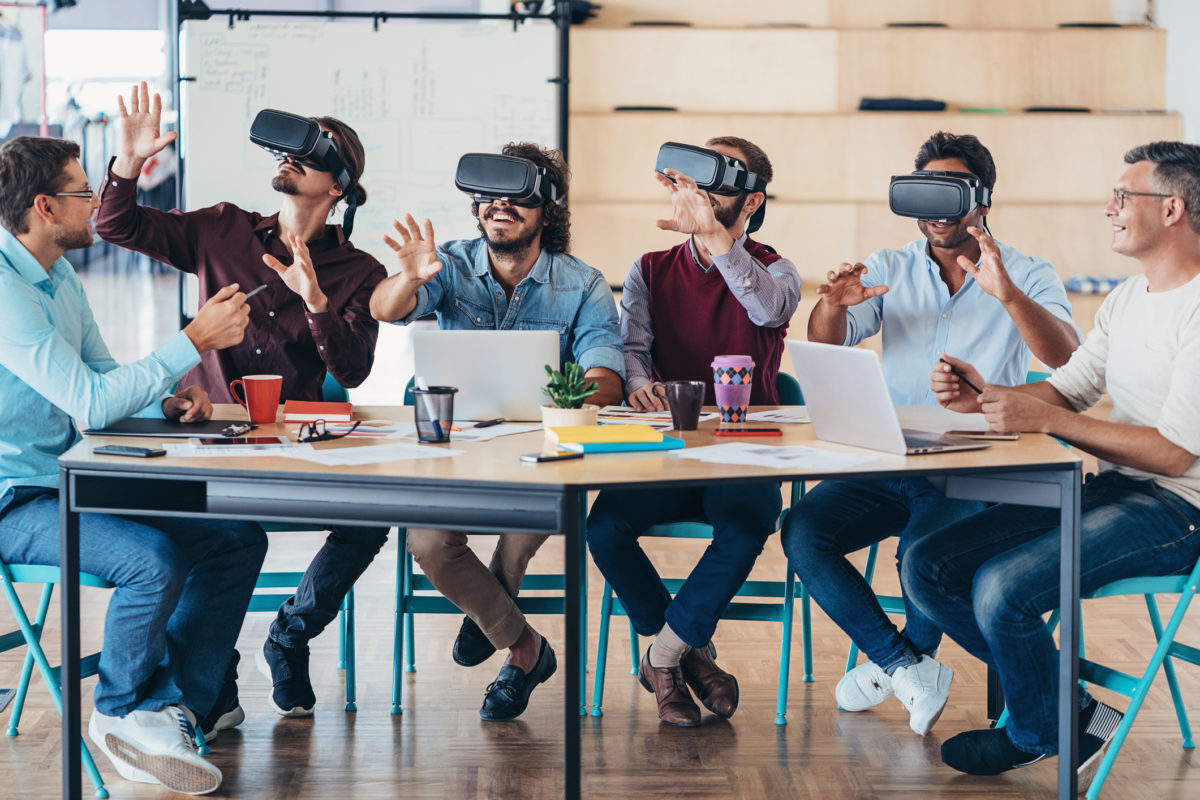2. Size-Wise
Correct scaling is important in all types of games, but it’s crucial when it comes to Virtual Reality. If characters and assets feel too big or too small, this will not only look very strange, but it will almost definitely break the immersion of VR.
It can take some time to make sure everything within the game is scaled correctly, but it’s easy to spot when something doesn’t feel right. Even here at Novity we sometimes forget to scale. When we initially imported our characters to Rags to Dishes, they towered over us like giants!
A useful tip when it comes to scaling in VR is to measure real-life objects which are the same size as whatever your model should be, and adjust your model height to match.
Just remember: it’s very important to keep note of scale throughout the entirety of game development, in order to have consistent and immersive gameplay. Another point to note, in regards to size, is the height of the player. Unfortunately for the developer, not everyone is the same height! This means that interactive assets in the game need to be accessible, in order to accommodate people of all heights. Items shouldn’t be placed out of reach, and, unless your game was designed to include crouching, you should avoid anything which makes people bend down, as this will soon get tiring in VR! To combat height differences in our very own VR game, Rags to Dishes, we’ve added a feature into the main menu which allows you to change the height of the kitchen to where it’s comfortable for you.
